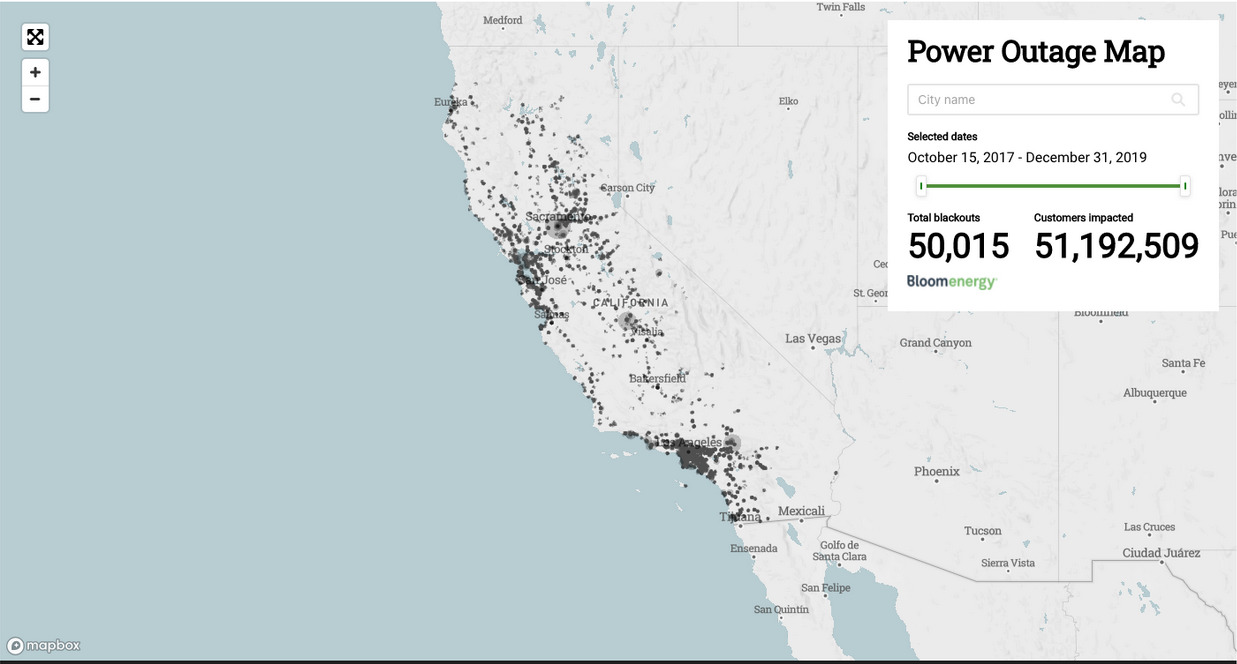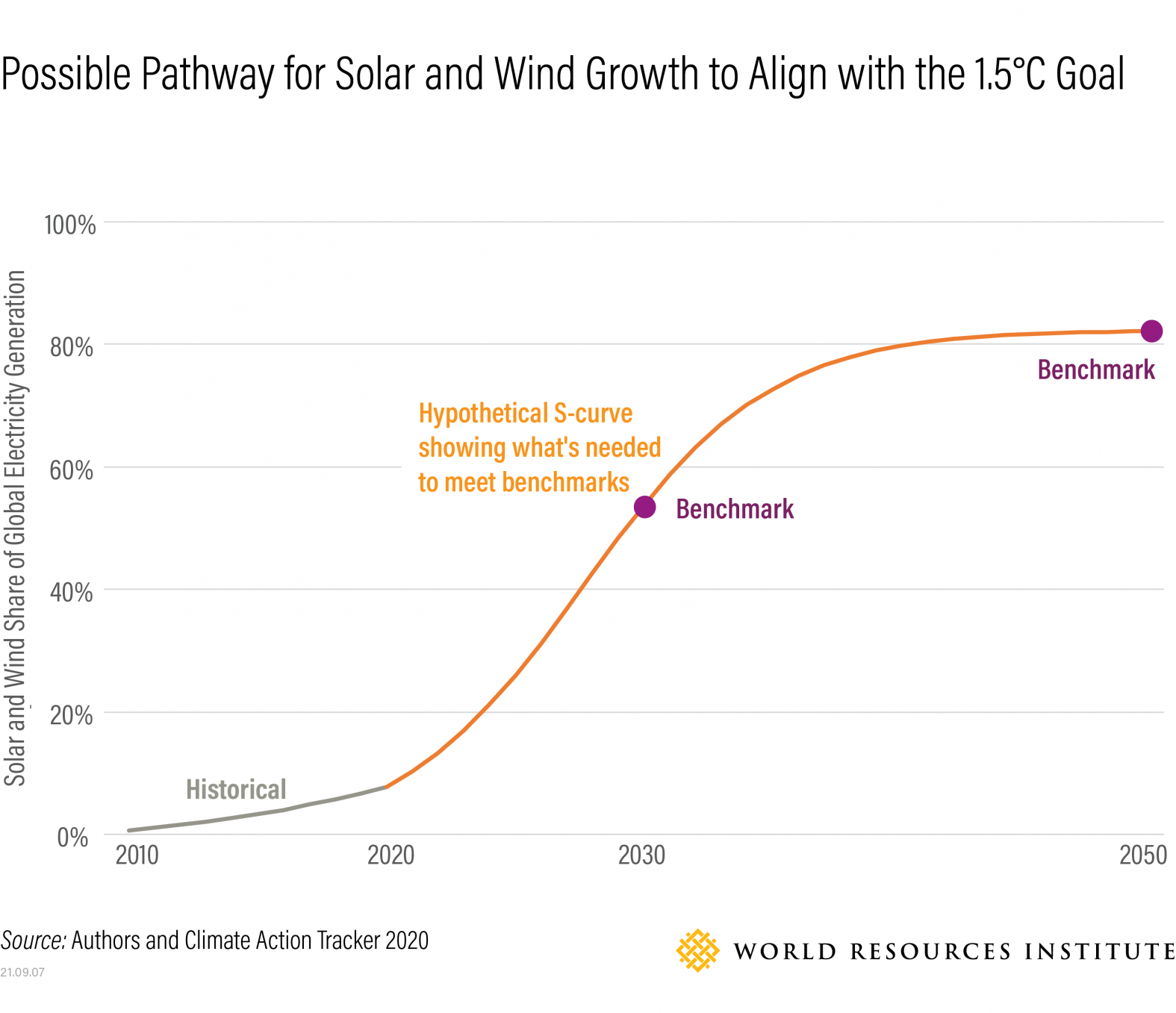How to fight climate change as a software engineer
What we work on matters, and incremental improvements, no matter how small, have compounding effects. I’ve decided to put my efforts towards fighting climate change, and to anyone who reads this, I hope you will too. The problem is intimidatingly massive, but with that size comes incredible opportunities for impact and innovation. In this article I hope to summarize what I’ve learned so far about the energy industry and the current landscape of companies tackling these issues, so anybody like me, a traditional software engineer with no background in energy or climate change, can get caught up to speed a bit quicker.
Why the energy industry?
Our World in Data provides a breakdown of the GHG (greenhouse gas) emissions by sector for 2016:

At first glance of the pie chart, energy comprises a wooping 73.2% of the world’s GHG emissions. The other 26.8% of the world’s GHG emissions comes from Agriculture, Forestry, Land Use, Waste, and Direct Industrial Processes. This 26.8% slice of the pie is definitely crucial in getting to net zero GHG emissions (Bill Gates always asks “What’s your plan for cement?”) but as someone with a Software Engineering background, it’s tough for me to find ways to contribute to reducing the size of that slice. Innovations in manufacturing, material engineering, and chemical engineering seem to be key towards reducing that slice’s emissions, all of which I don’t have a background in (if I’m wrong, please correct me and point out opportunities for me to contribute, I would love to hear about them). However, the 73.2% of energy is ripe for innovation, with problems that can be tackled by software engineers who are patient enough to learn a bit about the energy industry.
One of the main ways that the entire 73.2% can be converted to 0% is by electrifying all of the various sectors of the “energy” slice and powering them with clean electricity. The transport sector is currently being electrified with electric vehicle sales growing at exponential rates. Buildings are already mostly electrified, but they are mostly powered by dirty electricity (electricity generated by power plants that emit GHGs). Fugitive emissions from energy production will naturally go down and shrink to zero as reliance on dirty electricity shrinks and electrification increases. If we guesstimate that a quarter of GHGs emitted by industry usage of energy is due to dirty electricity, in total we have 45.5% of total GHG emissions that can be mitigated via electrification powered by clean electricity (17.5% from buildings, 16.2% from transport, 5.8% from fugitive emissions from energy production, ~6% from energy use in industry).
A software engineer interested in contributing to this effort can dive into companies that are:
- Accelerating the electrification of fossil fuel powered devices
- Increasing the amount of clean electricity produced
- Improving the electrical infrastructure that brings clean electricity to electrical devices
(Note, this is definitely not an exhaustive list)
Accelerating the electrification of fossil fuel powered devices
Many companies have already contributed significantly to this effort. Electrical vehicle sales are currently booming right now, with sales increasing by 160% in the first half of 2021 from a year earlier. Tesla, Rivian, and Nio are just a few companies producing electrical vehicles in this space, as well as many other upstream companies producing batteries (ONE) and electrical charging stations (ChargePoint, AmpUp). One unique company is Recurrent which is currently working on creating a “CarFax” for electric vehicles, tackling a used electrical vehicle market that has been neglected.
While electrical vehicles are racing ahead, airplanes and industrial machinery are lagging behind in innovation. ZeroAvia and Heart Aerospace are two examples of companies that are currently tackling electrification of airplanes. For industrial machinery, some startups such as Monarch are electrifying tractors, while surprisingly well established companies like Volvo, and Proterra and Komatsu are tackling electric construction machinery.
Increasing the amount of clean electricity produced
Electrification won’t amount to much if the electricity being used to power devices is still generated by fossil fuel generators and power plants. While the growth rate of renewable energy necessary to avoid major climate change disasters is up for debate, it’s universally agreed upon that it needs to significantly increase no matter what model is used.
The above diagram demonstrates just one possible scenario in which solar and wind successfully grow fast enough to keep the average temperature of the Earth from increasing above 1.5 degrees celsius. Current renewable energy growth rate has been steadily increasing year over year, but demand for electricity has outpaced renewable energy growth, increasing demand on fossil fuel consumption. In addition from 2020 to 2050 demand for electricity is projected to increase by ~46%, going from ~6200 quadrillion British Thermal Units to 9050 quadrillion British Thermal Units. To go from the 2020 solar and wind energy production amount (10% of 6200 quadrillion British Thermal Units) to the 2050 solar and wind energy production amount (80% of 9050 quadrillion British Thermal Units), we would need to increase solar and wind energy production by 6620 quadrillion British Thermal Units.
There are many clean energy companies out there, some focused on increasing adoption of clean energy sources and others focused on innovating on the actual clean energy generation technology itself.
Tesla is an obvious leader in the space, with its Tesla battery pack and Tesla solar panels. Tesla recently piloted a VPP (virtual power plant) in Australia that uses software to coalesce a large amount of solar panels and battery packs together to simulate an energy generating power plant.
Ojjo is attempting to reduce the installation cost and increase the longevity of solar panels by improving the foundations that solar panels are installed on.
Solstice takes an innovative approach to creating community solar farms, equalizing access and de-risking solar projects.
Solar.com provides customers with a seamless online experience for comparing solar installation prices and communicating with vendors.
Much of the projected growth in demand for energy will come from countries that are currently undergoing industrialization. As a result, companies that focus on introducing green technologies in these countries have the potential to be particularly impactful. SHYFT is a prime example, focusing on interoperability of various distributed energy sources in Nigeria.
Improving the electrical infrastructure that brings clean electricity to electrical devices
Increasing clean electricity production and electrification won’t amount to much if our electrical infrastructure is unable to support increased demand for power as well as the variable energy production that renewable energy introduces. The United States’ electrical grid is still in the process of modernization, with utilities just pushing out smart meters that measure energy used by a household. The current reality is the electrical grid was built hundreds of years ago on the basis of a unidirectional flow of power (from power plants to homes). Currently, with the growth of “behind the meter” distributed energy resources, such as solar panels, sending energy back into the grid, utilities are struggling to maintain reliability and consistency, as the premise of unidirectional power no longer holds. In addition, the temporal nature of renewable energy sources like solar messes with the supply and demand of energy production, with peak energy production occurring hours before humans’ peak demand for energy at night.

With the plethora of problems in this area come a diverse spread of companies tackling problems from various different angles.
Gridware is working with utilities to add remote telemetry to distribution poles that use AI to detect imminent threats real time. With this technology, utilities can significantly reduce time to detection and time to remediation for any threats to their electrical infrastructure. Long term, Gridware hopes to use data collected with its remote telemetry to provide utilities a suite of tools that modernize their operations.
Veir is increasing the power throughput of the grid by developing High Temperature Superconducting transmission lines that are more efficient at carrying power with minimal energy loss.
Leap is providing a platform where users with distributed energy resources can participate in energy markets. When utilities are experiencing periods of high load, utilities can send out signals to the Leap platform to ask users to reduce their consumption of electricity, allowing users to get paid for decreasing their consumption of electricity.
SparkMeter focuses on supporting emerging economies with unstable electricity generation and unpredictable energy consumption with robust metering technology that makes it economically feasible for utilities to operate.
Reactive Technologies targets traditional utilities and distributors, and builds technology that provides increased visibility and analytics for operators that are managing the grid everyday.
Heila Technologies creates an innovative hardware agnostic control system that integrates with all distributed energy resources to allow them to efficiently operate with each other towards the united goal of optimized energy use and minimized cost/maximized profit.
Axiom Cloud takes an unique approach by increasing the intelligence of refrigerators, a surprising source of electricity and potential innovation. By integrating with partner companies like Leap, Axiom Cloud is able to intelligently control refrigerators, enabling them to significantly lower the temperature of freezers when energy is cheap and stop energy consumption of freezers when electricity is expensive.
Breakthrough Energy Sciences is the modeling and analytics arm of Breakthrough Energy, and focuses on developing modern open source optimization and simulation tools that allow users to produce replicable and transparent studies. The results of these studies can then be used by Breakthrough Energy Ventures (the venture capital arm of Breakthrough Energy) to quantitatively evaluate the impact of innovative technologies and guide the development of these technologies. The conclusions of the studies are also used to inform and advise politicians in Washington DC on what steps to take and the exact results of those steps in order to effectively and reliably decarbonize the whole economy.
Smaller ways to contribute
As mentioned in the beginning of the article, small steps can have compounding effects. The previous section covered various startups/companies that need software engineers to successfully execute their mission. However, starting a job at a new company is a very large step for many people, and simply isn’t feasible due to justifiable reasons such as salary differences, location, risk tolerance, or simply because you already really love your current job. For engineers looking for smaller ways to contribute, open source is a great option.
Electricity Map is an open source web/mobile application that shows a real-time visualisation of the GHG (in terms of CO2 equivalent) footprint of electricity consumption. The community also hosts and provides api access to data sets that power the web app, allowing anybody in the world to use their datasets.
Renewable Energy Integration Simulation Engine (REISE for short) is an open source simulator of the United States’ electrical grid maintained by Breakthrough Energy Sciences. Researchers and other interested parties can define hypothetical scenarios that have modifications to the current grid and run those scenarios through the simulator to understand how that impacts the United States’ energy system.
These two projects are ones that I’ve personally had experience with and that I believe have the proper backing and approach to make a tangible difference. However, they are certainly not the only impactful open source projects out there. Here is another fantastic list of hundreds of climate change related open source projects that would love contributors.
Additional Notes
Ultimately this merely scratches the surface, and there’s still so much information out there that could be covered. Some additional information I found noteworthy that can be better explained by other sources are:
Understanding
the complicated energy markets.
Organizations investing in climate change focused startups, such as Greentown Labs, Breakthrough Energy Ventures, and Powerhouse Ventures.

